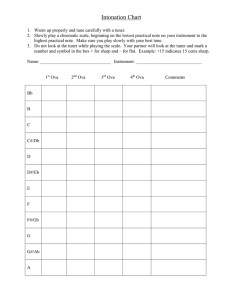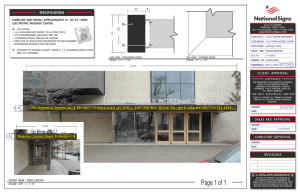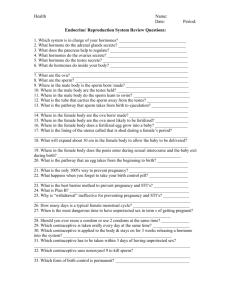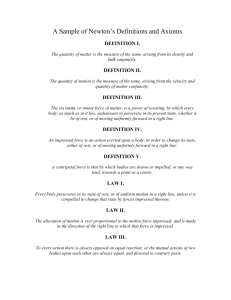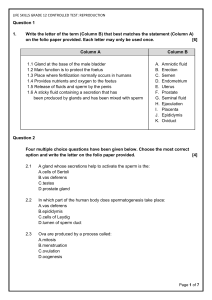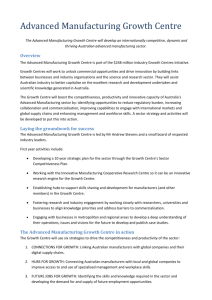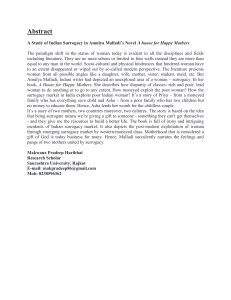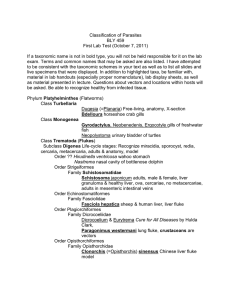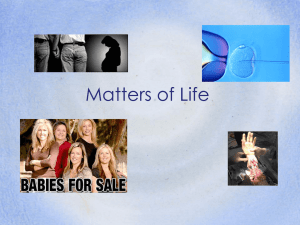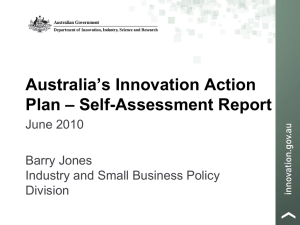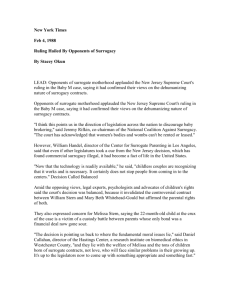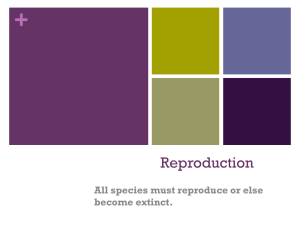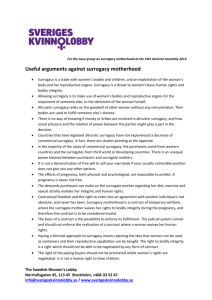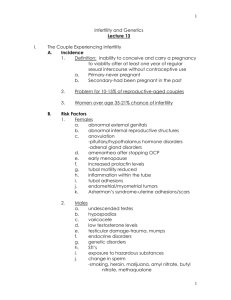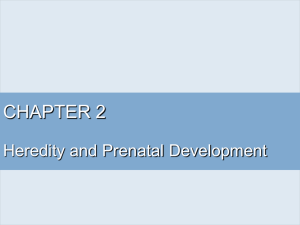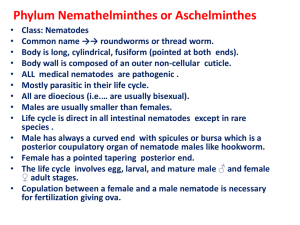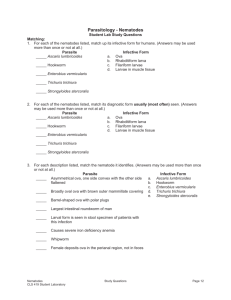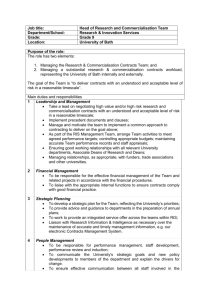140324_nhmrc_submission_art
advertisement
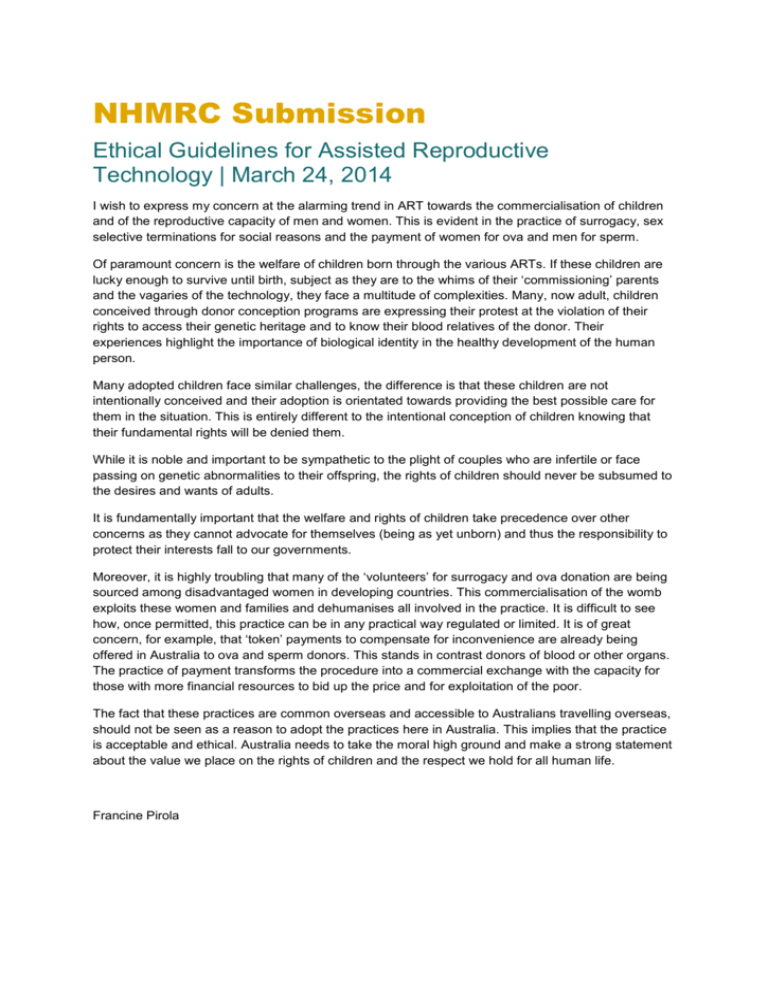
NHMRC Submission Ethical Guidelines for Assisted Reproductive Technology | March 24, 2014 I wish to express my concern at the alarming trend in ART towards the commercialisation of children and of the reproductive capacity of men and women. This is evident in the practice of surrogacy, sex selective terminations for social reasons and the payment of women for ova and men for sperm. Of paramount concern is the welfare of children born through the various ARTs. If these children are lucky enough to survive until birth, subject as they are to the whims of their ‘commissioning’ parents and the vagaries of the technology, they face a multitude of complexities. Many, now adult, children conceived through donor conception programs are expressing their protest at the violation of their rights to access their genetic heritage and to know their blood relatives of the donor. Their experiences highlight the importance of biological identity in the healthy development of the human person. Many adopted children face similar challenges, the difference is that these children are not intentionally conceived and their adoption is orientated towards providing the best possible care for them in the situation. This is entirely different to the intentional conception of children knowing that their fundamental rights will be denied them. While it is noble and important to be sympathetic to the plight of couples who are infertile or face passing on genetic abnormalities to their offspring, the rights of children should never be subsumed to the desires and wants of adults. It is fundamentally important that the welfare and rights of children take precedence over other concerns as they cannot advocate for themselves (being as yet unborn) and thus the responsibility to protect their interests fall to our governments. Moreover, it is highly troubling that many of the ‘volunteers’ for surrogacy and ova donation are being sourced among disadvantaged women in developing countries. This commercialisation of the womb exploits these women and families and dehumanises all involved in the practice. It is difficult to see how, once permitted, this practice can be in any practical way regulated or limited. It is of great concern, for example, that ‘token’ payments to compensate for inconvenience are already being offered in Australia to ova and sperm donors. This stands in contrast donors of blood or other organs. The practice of payment transforms the procedure into a commercial exchange with the capacity for those with more financial resources to bid up the price and for exploitation of the poor. The fact that these practices are common overseas and accessible to Australians travelling overseas, should not be seen as a reason to adopt the practices here in Australia. This implies that the practice is acceptable and ethical. Australia needs to take the moral high ground and make a strong statement about the value we place on the rights of children and the respect we hold for all human life. Francine Pirola
